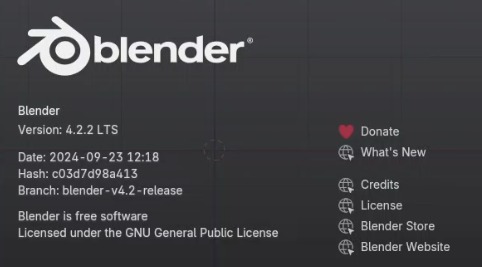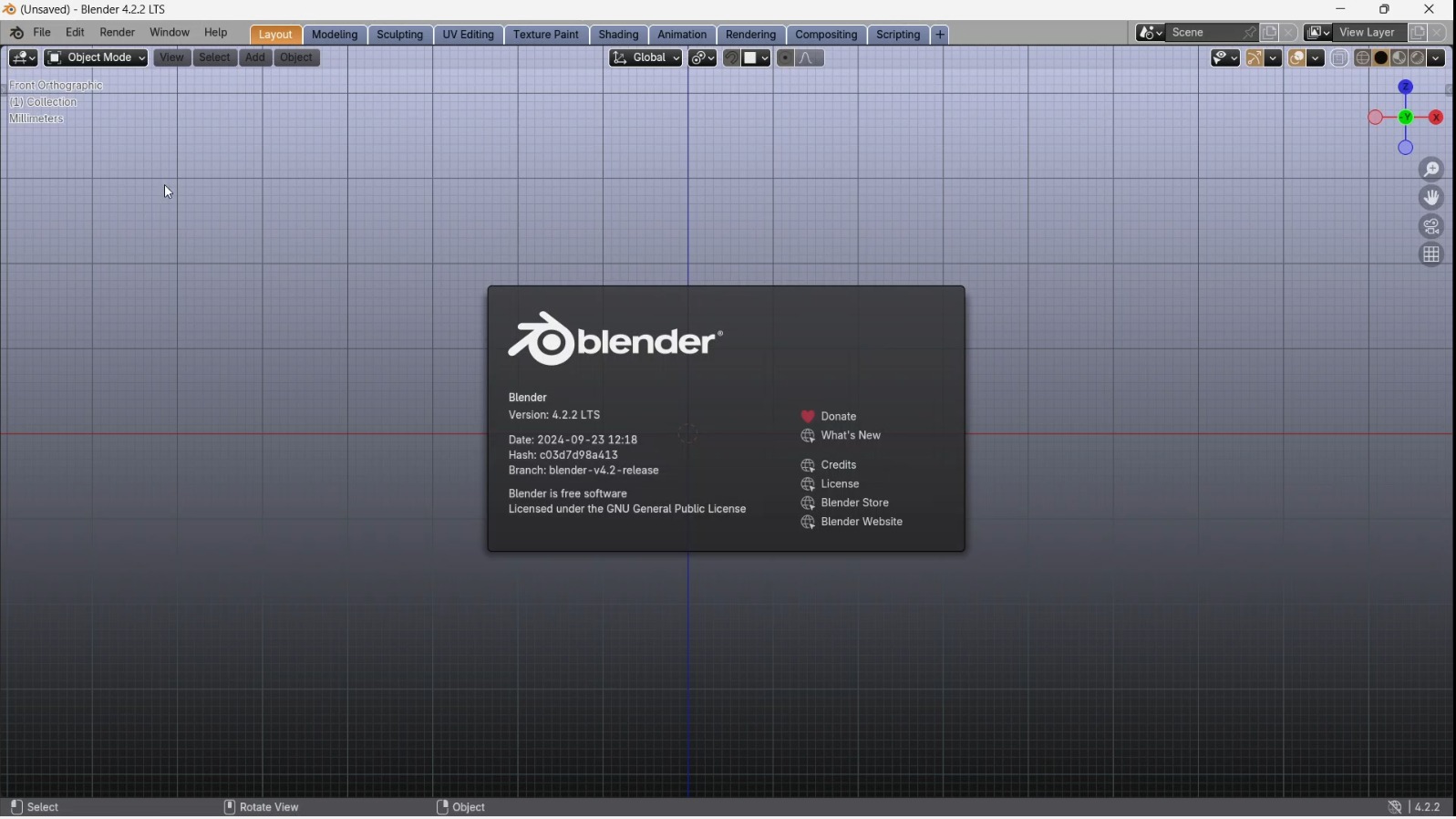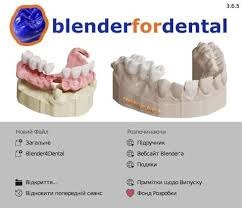Download the Blender For Dental 4.2 2 + (Included Powerful 17 Modules) from this link…
Summary
As someone who has worked with digital dentistry platforms over the years, I’ve seen how the emergence of Blenderfordental® is reshaping the dental industry. It brings a fresh approach to modeling, implant planning, and restoration by combining powerful customized tools with intuitive workflows. Unlike traditional CAD systems, it’s FREE, open-source, and full of versatile tools. I personally acquire modules via individual purchase, which makes it easier to choose the specific add-ons that best suit my requirements. What stands out is the level of integration between Blender, a robust 3D software originally used for animation and visual effects, and the clinical precision required for orthodontics, prosthodontics, and implant guide creation.
This growing niche has created a platform that caters to both beginners and seasoned professionals, offering cost-effective solutions for many dental tasks like Crown & Bridge work. I’ve also benefited from the easy-to-follow tutorials, which give step-by-step guidance for every module. This comprehensive learning system helped me leverage the full functionality and capabilities of each tool, regardless of my expertise level. With clear access to practical guides, anyone can dive into digital workflows without feeling overwhelmed. The blend of software and dentistry is no longer just theoretical it’s a working reality. And today, Blender for Dental is traditionally changing how professionals think about design software, thanks to an ecosystem built from plug-ins, thoughtful design, and hands-on learning.
Redefining Digital Dentistry Through Blender
My journey into digital dentistry took a sharp turn when I started using Blender For Dental. At first, I was drawn to the fact that it’s completely FREE and open-source, making it a game-changer compared to expensive CAD alternatives. What I discovered next was even more exciting a vast collection of plug-ins, intuitive tools, and modules that cater to prosthodontics, orthodontics, and even hybrid restoration. Whether I was importing scan data or testing DICOM-to-STL workflows, the integration felt smooth and well-planned.
Practical Uses and Personal Experience
I’ve personally worked on occlusal splints, veneers, and clear aligners using Blender’s tools. The customization options were impressive, especially with features like the adjustable layer, occlusion simulation, and blockout functions. I could import models from Exocad and 3Shape, make editable changes, and create detailed visuals with ease. From margin definition to surface sculpting, everything was precise and on point.
Prosthetic Design and Inner Bar Control
Modules like EASYEDGES™ and B4D iBar™ allowed me to work on parallel-sided rests, inner bars, and even delicate cement spacer placements. Using these, I built RPD frames, adjusted for bite, and ensured comfort without compromising strength. What impressed me the most was the guide customization and modular structure especially when managing clinical expectations and making last-minute adjustments.
Visualization and Rendering Capabilities
Blender’s photorealistic rendering engines like Cycles and Eevee created stunning visual effects. I used lighting presets tailored for intraoral scans and simulated whitening treatments and smile design transformations. These visualization tools helped boost patient engagement, especially during consultations. Whether I was showing aesthetic improvements or planning occlusal adjustments, the visual quality left a lasting impression.
Blender License Proof



Educational Value and Community
Apart from clinical use, Blender’s strong community, rich educational resources, and tutorials made learning seamless. I joined lectures, downloaded training content, and adapted to new workflows using real-time case examples. From animation to modeling, even artistic and virtual use-cases were covered. The learning experience was hands-on, despite the occasional learning curve.
Orthodontic and Implant Applications
For orthodontic planning, I created orthodontic sequences with movement vectors and exported them for 3D-printed aligner production. The process was efficient, saving time and reducing reliance on third-party vendors. On the implant planning side, I used CBCT data, did occlusion analysis, and mapped the full virtual articulator setup using the Facebow module. Every stepwise simulation helped improve my planning accuracy.
DACOS™: A New Standard
One of the most innovative additions I encountered was the DACOS™ system. Developed through collaboration with Ruthinium and Metadac, it offered full compatibility with All Articulators using magnet and plaster setups. It changed how I handled occlusion and model transfer during interdisciplinary planning. This level of customization opened up possibilities I hadn’t thought were achievable in a FREE platform.
Splint & Layer Module Excellence
The Splint & Layer module took my work on mouthguards, Snore Guards, and occlusal splints to another level. I could use the draw method or paint-on technique to make customized designs that suited even the most niche needs. Having control over both static and dynamic elements added flexibility that translated well in both lab and chairside workflows.
Platform Strength and Compatibility
Thanks to its open-source nature and digital workflows, it integrates smoothly with other dental software. I found its platform stable and versatile for handling occlusal detailing, occlusion guides, and high-volume scan imports. The editable mesh, intuitive interface, and powered plugin ecosystem only strengthened its place in my lab’s workflow.
Aesthetic and Functional Finishing
Whether working on gum textures, aesthetics, or prosthetics, it met all my expectations. Using pre-configured material presets, I produced outcomes with clinical and cosmetic value. It’s not just about looks the functionality is solid too. With the ability to import, design, and simulate, I now view it as essential for any dental technician or dentist aiming to stay competitive in today’s digital dentistry landscape.
If you want to Purchase KeyGen Activator / Cracked Version /License Key
Contact Us on our Telegram ID :
Join Us For Update Telegram Group :
Join Us For Updated WhatsApp group:
Crack Software Policies & Rules:
You Can test through AnyDesk before Buying,
And When You Are Satisfied, Then Buy It.
Lifetime Activation, Unlimited PCs/Users.
